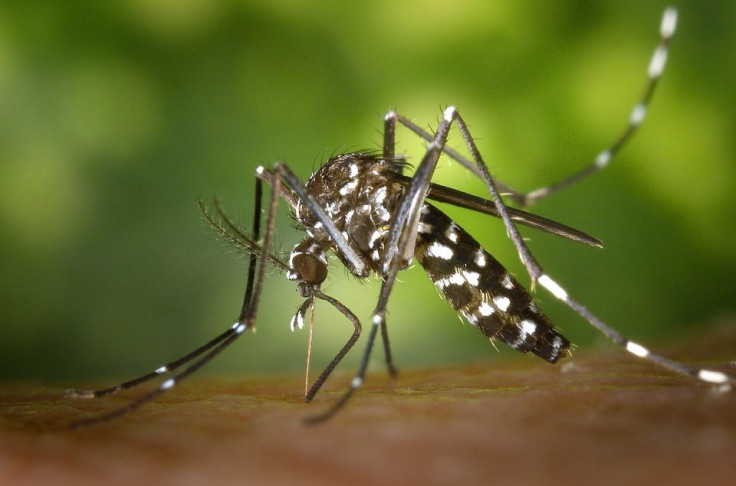More U.S. Counties Have Potential Zika-Carrying Mosquitoes Than Previously Thought, CDC Reports

Mosquitos known to carry Zika are in more places across the United States than officials previously thought, according to a new report from health experts.
Researchers at the Centers for Disease Control and Prevention identified 38 new counties where the Aedes aegypti mosquito, also called the yellow fever mosquito, are present. This species is known to spread diseases including dengue fever, chikungunya, Zika, and more.
Read: Zika Virus Vaccine Research 2017: First US Volunteer Vaccinated In Trial
Another related species, the Asian tiger mosquito, was also found in 127 new counties, according to the team’s findings published in the Journal of Medical Entomology. Unlike the yellow fever mosquito, the Asian tiger has not proved to be a major threat of Zika transmission to humans. The data in the report comes from county-level surveys of vector-control professionals, entomologists, and state and local health officials, conducted in both 2015 and 2016.
A majority of the counties where the mosquitos were identified were located in Southern California, Arizona, Texas, Florida, and Maryland. The new findings don’t necessarily mean that the mosquito population is spreading. It may be due to more accurate data collection, the CDC points out.
“The study reveals gaps in mosquito distribution--likely resulting from lack of local surveillance rather than mosquitoes being absent,” study author Dr. Rebecca Eisen said in a statement. “Prompted by the Zika outbreak, states began work to better assess the distribution and abundance of these mosquitoes, locally.”
In early 2015, the Zika virus in Brazil spread to various regions of North and South America. It’s proved to be especially harmful to pregnant mothers, as the infection can lead to severe brain defects in her fetus.
Read: Zika Virus Mother-To-Child Transmission Likely Much Higher Than Previously Believed, Study Says
The new data doesn't indicate an increased risk of the spread of diseases like Zika, but rather it provides health officials a way to better understand the presence of the two mosquito species.
“This information will help to target limited public health surveillance resources and help to improve our understanding of how widespread these mosquitoes are,” Eisen said.
Zika can be transmitted through mosquito bites, sex, and most likely blood transfusion, according to the CDC. There’s currently no cure for the virus, but vaccine trials have been ongoing. For now, the best way to avoid Zika is to protect yourself from mosquito bites. The CDC advises the following: wear long-sleeved shirts and long pants, use an insect repellent that meets these guidelines, stay in places with air conditioning or windows with door screens, and remove standing water away from anywhere near your home.
If you become infected with the virus, you might not have symptoms or may have mild ones. If so, common signs are: fever, rash, headache, joint pain, red eyes, and muscle pain.
See also: Zika Update 2017: Virus Genetic Material Found In Second Mosquito Species Known As Asian Tiger
Zika And Birth Defects Fears 2017: Why Does Zika Cause Microcephaly And Other Viruses Don't?



























